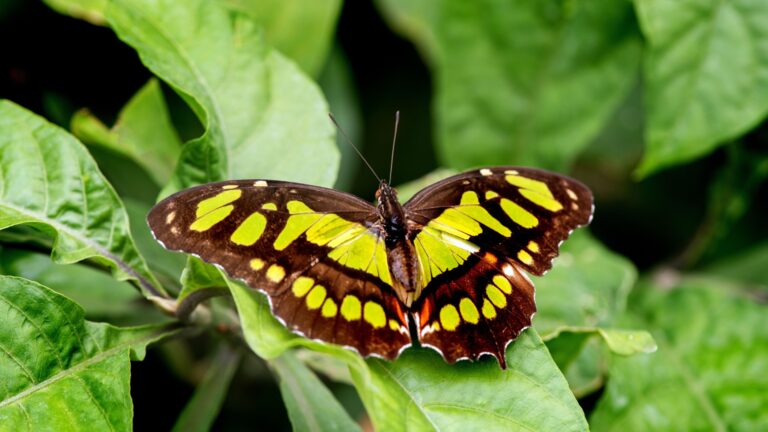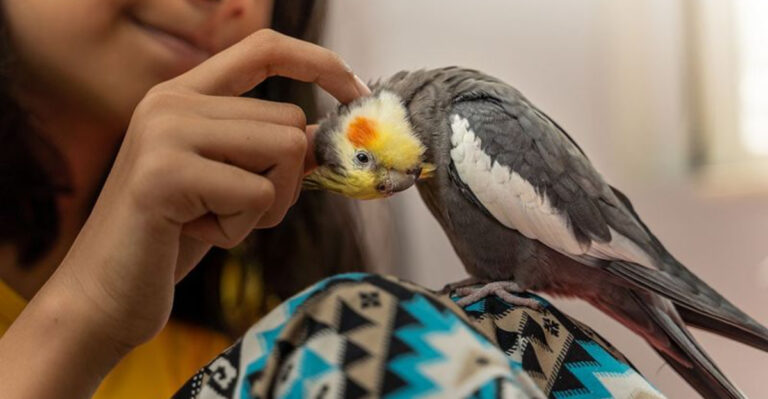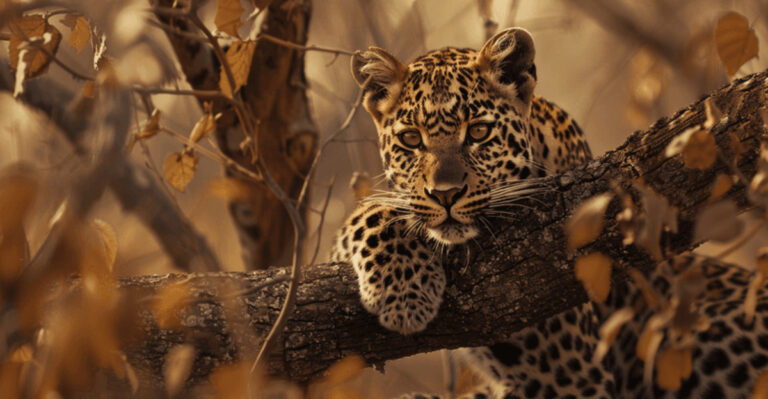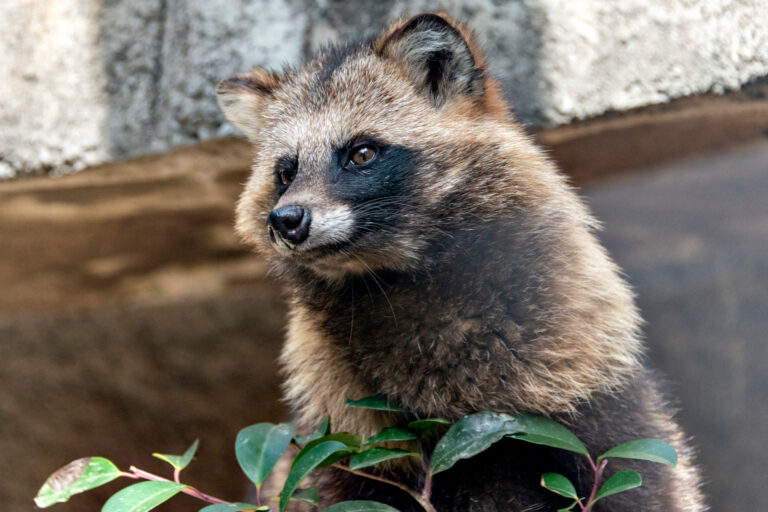The 11 Prehistoric Survivors — Ancient Animal Species Still Found In America
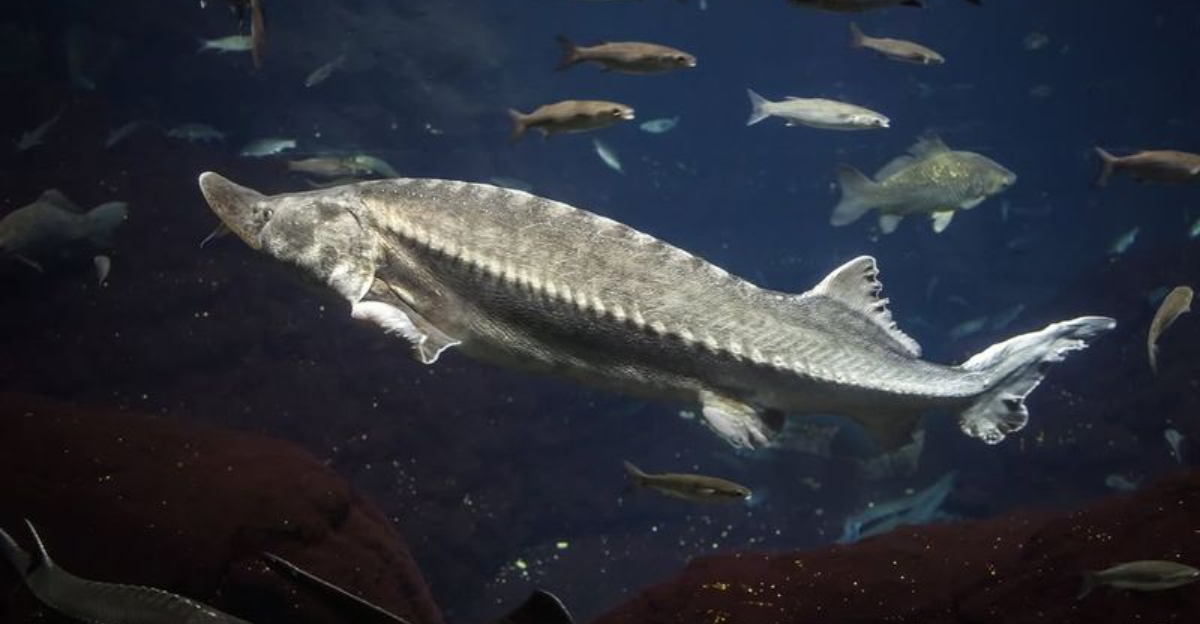
America is home to some of the oldest and most fascinating animal species that have survived the test of time. These ancient creatures offer a glimpse into the prehistoric world, thriving in various habitats across the continent.
In this article, we’ll explore the incredible survivors, each with its unique characteristics and stories. From the swamps of Florida to the deserts of the Southwest, these species continue to captivate scientists and nature enthusiasts alike.
Join us as we uncover the mysteries and marvels of these prehistoric wonders that still roam the American landscape.
1. American Alligator
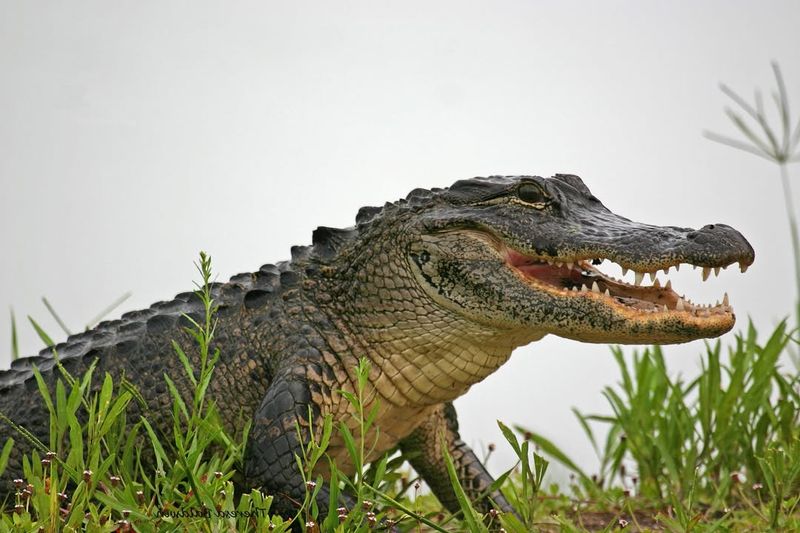
The American Alligator is a true relic of the past, having roamed the Earth for millions of years. Found primarily in the southeastern United States, these reptiles are perfectly adapted to their swampy environments.
With a powerful bite and a stealthy nature, they are the apex predators of their habitat. Their thick, armored skin and keen senses make them formidable hunters.
Despite their fearsome reputation, alligators play a vital role in maintaining ecological balance. Conservation efforts have helped their populations recover, ensuring these ancient creatures continue to thrive.
2. Horseshoe Crab
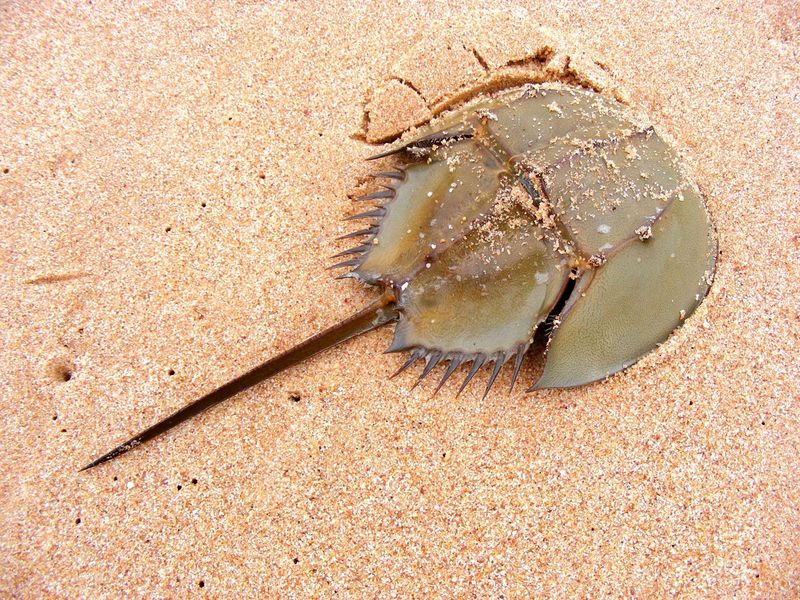
The horseshoe crab is a living fossil, having existed for over 450 million years. These marine arthropods are found along the Atlantic coast and are known for their hard exoskeleton and unique tail.
Despite their intimidating appearance, they are harmless to humans. Their blue blood is medically significant, as it is used to detect bacterial contamination in medical applications.
Horseshoe crabs are crucial to various ecosystems, providing food for migratory birds. Efforts to protect their habitats are essential to ensure their continued survival.
3. Coelacanth
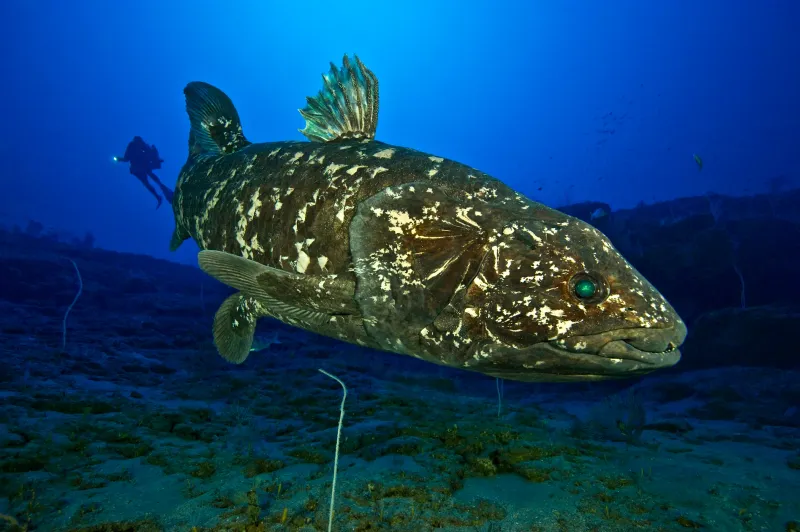
Once thought to be extinct, the Coelacanth is a remarkable species that has captivated scientists since its rediscovery in 1938. These fish inhabit deep ocean waters, showcasing unique lobe-finned structures.
Their ancient lineage dates back over 400 million years, making them one of the oldest known fish species. Coelacanths exhibit primitive features, such as a hinged jaw and a notochord.
Protecting these elusive creatures requires international cooperation, as they face threats from deep-sea fishing. Ongoing research continues to unveil the mysteries of their existence.
4. American Bison
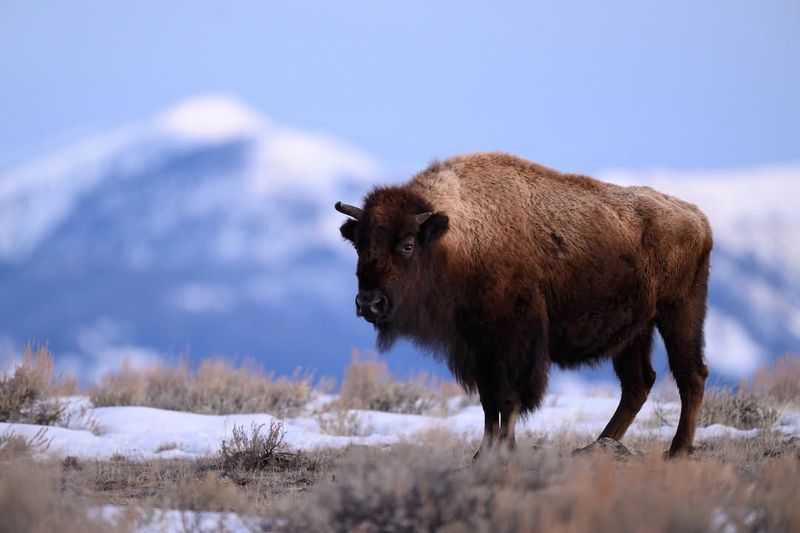
The American Bison is a symbol of the wild frontier, representing strength and resilience. These massive mammals once roamed North America’s plains in vast herds.
Bison have played a significant role in indigenous cultures, providing food, clothing, and tools. Their near-extinction in the 19th century highlighted the need for conservation.
Thanks to dedicated efforts, bison numbers have rebounded, and they now thrive in protected areas like Yellowstone National Park. They continue to inspire conservationists and nature lovers alike.
5. Gila Monster
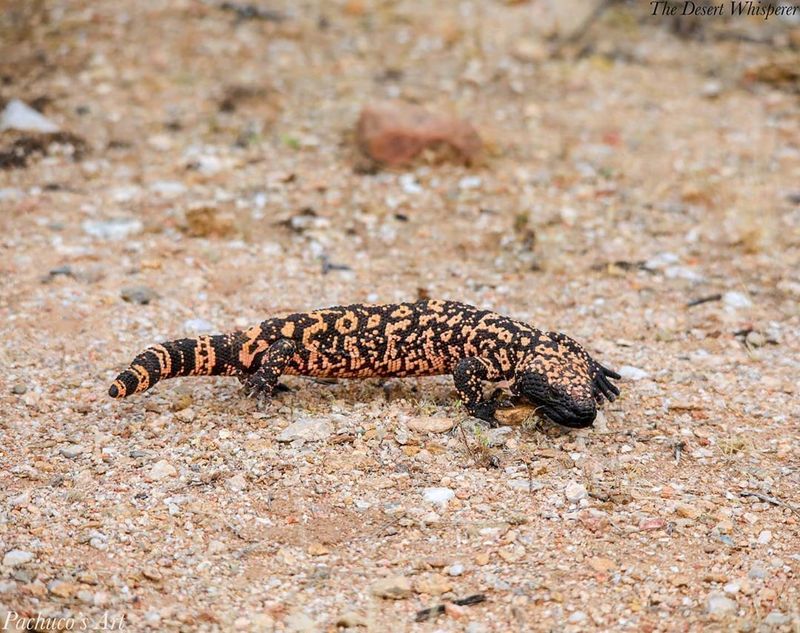
The Gila Monster is one of the few venomous lizards in the world, found in the arid regions of the Southwestern United States. These slow-moving reptiles are easily recognizable by their striking black and orange patterns.
Despite their venomous nature, Gila Monsters are reclusive and pose little threat to humans. Their unique adaptations allow them to thrive in harsh desert conditions.
Conservation efforts focus on preserving their natural habitats, as urban expansion threatens their existence. These ancient lizards continue to intrigue herpetologists and reptile enthusiasts.
6. Sturgeon
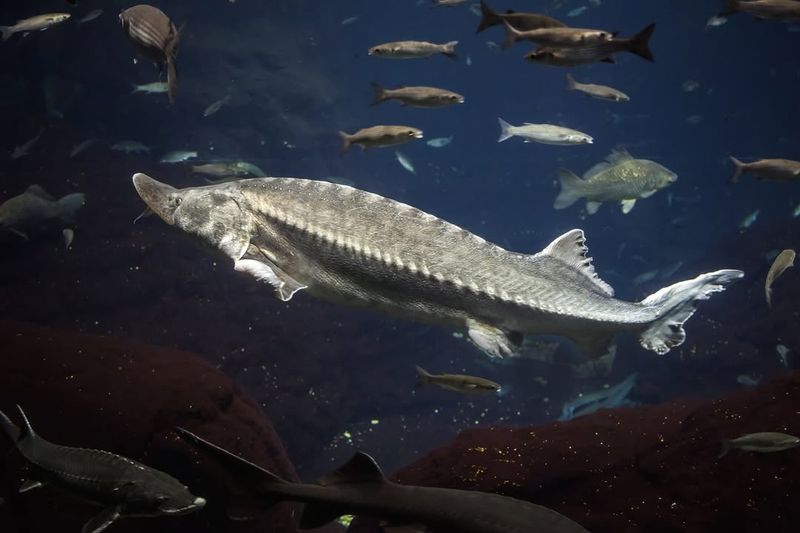
Sturgeons are ancient fish known for their bony plates and elongated bodies. Found in North American rivers and lakes, they are among the oldest fish species, dating back over 200 million years.
These migratory fish are vital to their ecosystems, contributing to nutrient cycling. Their eggs are used to produce caviar, making them economically significant.
Conservation measures are crucial to protect sturgeon populations from overfishing and habitat destruction. Their prehistoric existence continues to fascinate biologists and conservationists.
7. Bald Eagle
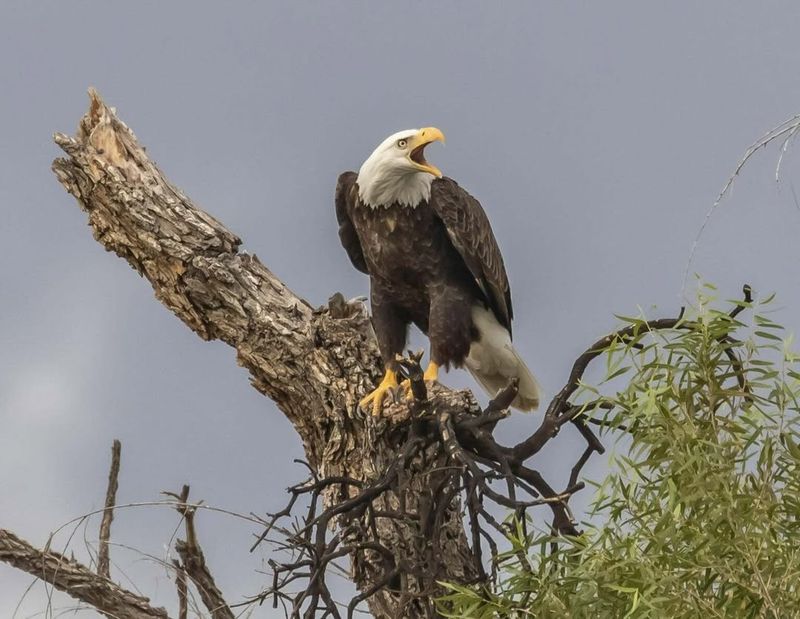
The Bald Eagle, a symbol of American freedom, is a prehistoric survivor whose lineage traces back millions of years. These majestic birds of prey inhabit a variety of landscapes, from coastal regions to mountainous areas.
Their keen eyesight and powerful talons make them formidable hunters, primarily feeding on fish. Bald Eagles play a crucial role in maintaining ecological balance.
Once endangered, their populations have rebounded due to conservation efforts, and they now thrive across much of the United States. Their iconic status continues to inspire and awe.
8. Snapping Turtle
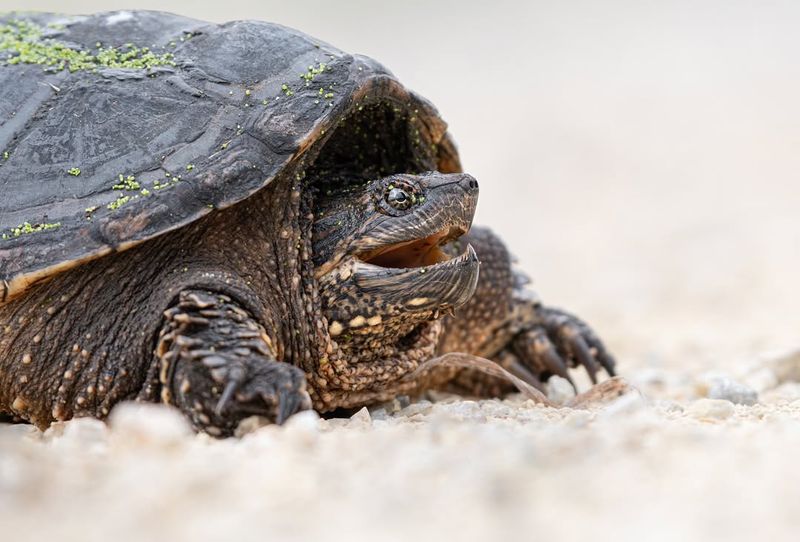
Snapping Turtles are ancient reptiles known for their aggressive demeanor and powerful bite. They inhabit freshwater environments across North America.
These turtles are essential to their ecosystems, cleaning up dead animals and contributing to nutrient cycling. Their long lifespan and unique adaptations have enabled them to survive for millions of years.
Habitat protection is vital to ensuring their continued survival, as pollution and habitat loss pose significant threats. Their prehistoric presence continues to captivate reptile enthusiasts.
9. Garfish
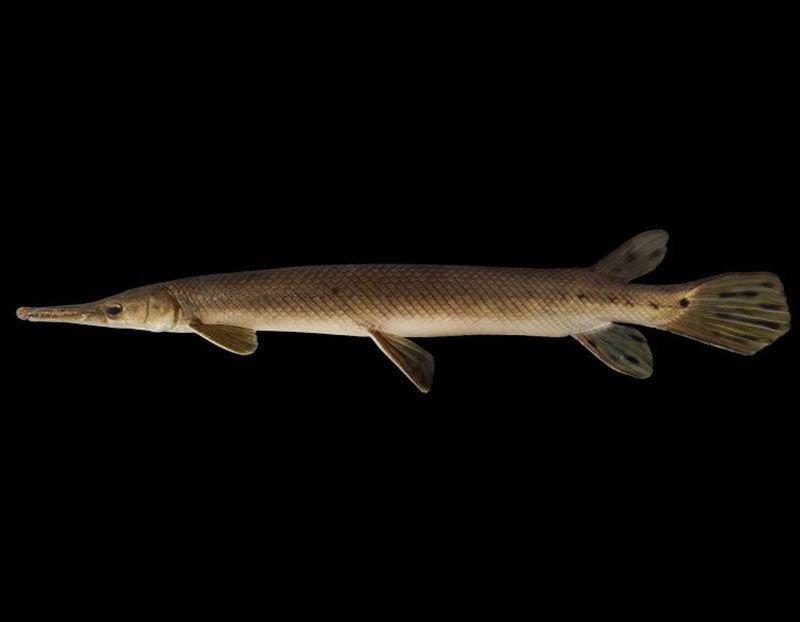
The garfish, with its sleek body and elongated snout, is a freshwater inhabitant that has remained virtually unchanged for over 100 million years. Found in American rivers and lakes, these fish are known for their prehistoric appearance, reminiscent of creatures from a bygone era.
Garfish are adept hunters, relying on their sharp teeth and swift movements to catch prey such as small fish and insects. These predators play a significant role in maintaining the ecological balance of their habitats.
Their ability to adapt to various environmental conditions and resist pollutants showcases their resilience. Garfish are a vital part of the evolutionary puzzle, offering a glimpse into the aquatic life of ancient times.
10. Manatee
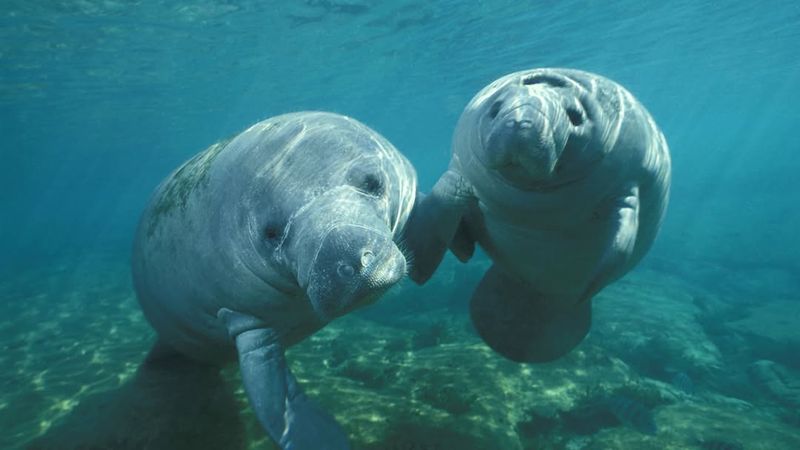
Manatees, often called sea cows, are gentle giants found in the warm coastal waters of the southeastern United States. Their evolutionary history stretches back millions of years.
These herbivorous marine mammals are known for their slow movements and friendly nature. Manatees play a vital role in maintaining healthy seagrass beds, which are essential to marine ecosystems.
Threats such as boat collisions and habitat loss have led to conservation efforts aimed at protecting these beloved creatures. Their serene presence brings joy to all who encounter them.
11. American Crocodile
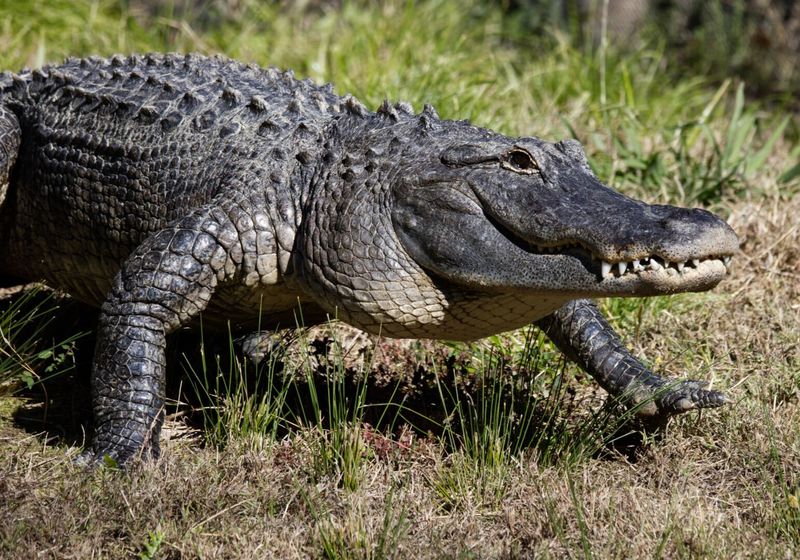
The American Crocodile is a rare and reclusive reptile found in the southernmost parts of Florida. These ancient creatures have existed for millions of years, showcasing remarkable adaptability.
Unlike their more aggressive relatives, American Crocodiles are shy and prefer brackish waters. Their presence is crucial to the health of coastal ecosystems.
Conservation efforts focus on habitat protection and monitoring populations, as they remain on the endangered list. Their elusive nature adds to their mystique and allure.

